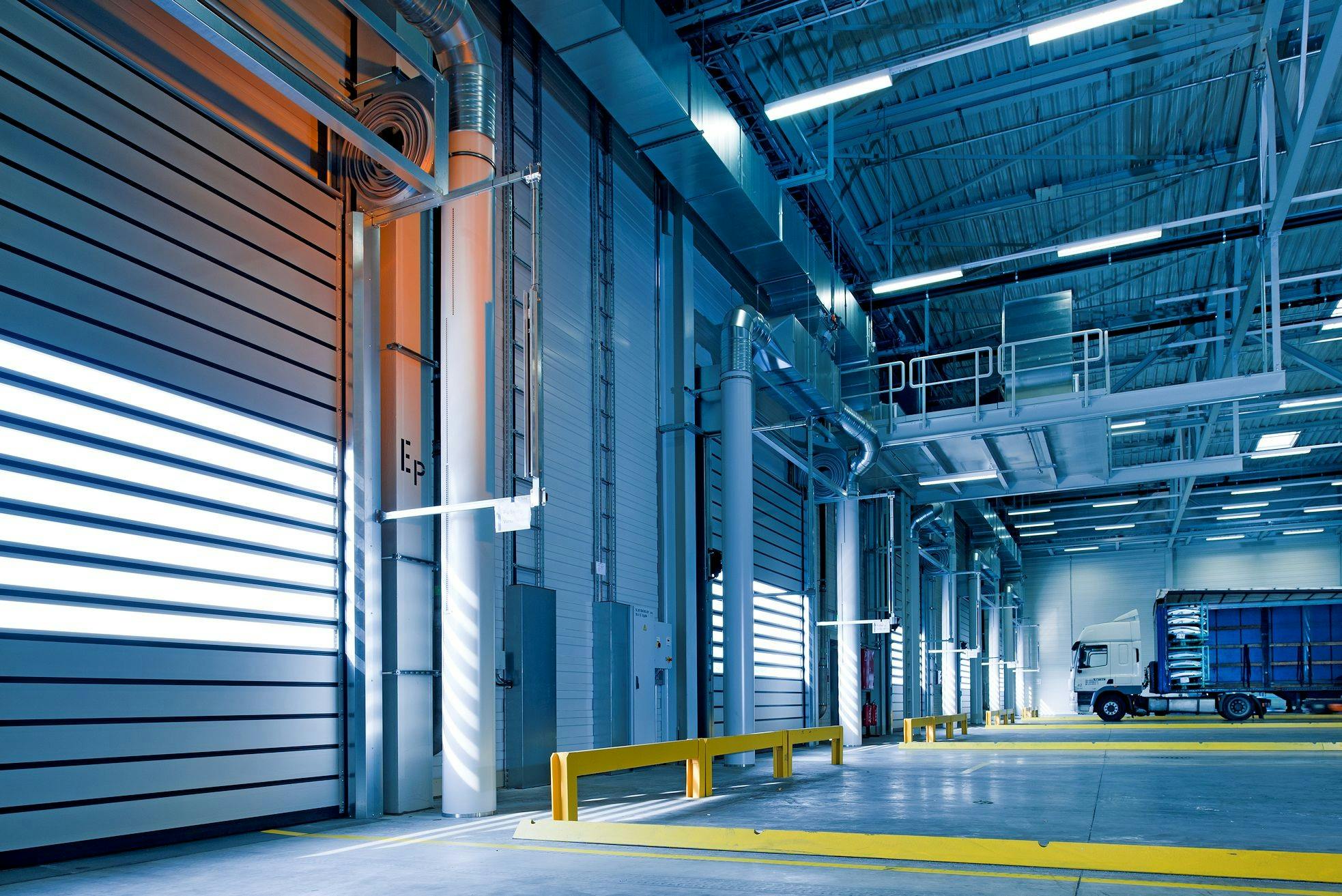
Striping a warehouse is a critical task that enhances safety, efficiency, and organization. Properly marked lines help in designating areas for storage, aisles for forklifts, walkways for employees, and zones for various activities, ensuring a streamlined workflow. Whether you are looking to re-stripe an existing layout or create a new one, here is a comprehensive guide on how to stripe a warehouse effectively.
1. Planning and Preparation
Assess the Layout: Start by assessing the current warehouse layout. Identify the areas that need striping, such as loading docks, storage areas, safety zones, and pedestrian pathways. Take accurate measurements to determine the dimensions of each section.
Design the Layout: Create a detailed plan or drawing of the layout. Consider the flow of traffic, safety regulations, and the specific needs of your operations. This plan will serve as a blueprint during the striping process.
Gather Materials: Ensure you have all the necessary materials and tools, including:
- High-quality striping paint suitable for warehouse floors.
- Measuring tapes, chalk lines, or laser levels for accurate measurements.
- Stencils for specific markings like arrows, letters, or symbols.
- Safety equipment such as gloves, masks, and protective eyewear.
2. Surface Preparation
Clean the Floor: Thoroughly clean the warehouse floor to remove dirt, dust, grease, and any other contaminants. A clean surface ensures that the paint adheres properly and lasts longer. Use industrial floor cleaners and, if necessary, power wash the area.
Repair Damages: Inspect the floor for cracks, holes, or uneven surfaces. Repair any damages with appropriate floor repair products. A smooth surface is essential for straight and durable lines.
3. Marking the Layout
Measure and Mark: Using your layout plan, measure and mark the lines on the floor. Use chalk lines or laser levels to ensure the markings are straight and accurate. Double-check measurements to avoid any errors.
Tape the Lines: For crisp and clean lines, apply painter’s tape along the edges of the markings. This helps in preventing paint from spreading outside the desired areas.
4. Painting the Lines
Choose the Right Paint: Select a high-quality, durable striping paint that is designed for warehouse floors. Epoxy and latex paints are commonly used due to their durability and ease of application.
Apply the Paint: Using a striping machine, apply the paint evenly along the marked lines. For best results, allow adequate drying time. Follow the paint manufacturer’s instructions for drying and curing times.
Remove the Tape: Once the paint is dry, carefully remove the painter’s tape. Do this slowly to avoid peeling off any paint along with the tape.
5. Final Touches
Add Symbols and Text: If your layout includes arrows, letters, or other symbols, use stencils to apply these markings. Ensure they are clearly visible and aligned with the lines.
Allow Time to Cure: Allow the paint to fully cure before resuming normal activities in the warehouse. This ensures the longevity of the markings and prevents smudging or damage.
6. Maintenance and Inspection
Regular Inspections: Periodically inspect the markings to ensure they are visible and intact. Over time, wear and tear can cause the lines to fade or become damaged.
Repaint as Necessary: Plan for regular maintenance striping, especially in high-traffic areas. Repainting as needed keeps the warehouse safe and organized.
By following these steps, you can effectively stripe a warehouse, improving both safety and efficiency. Proper planning, accurate measurements, and high-quality materials are key to achieving professional and durable results. Remember, a well-striped warehouse is not just about aesthetics; it’s about creating a safer and more efficient working environment.
Several Line Marking Machines to choose from.
